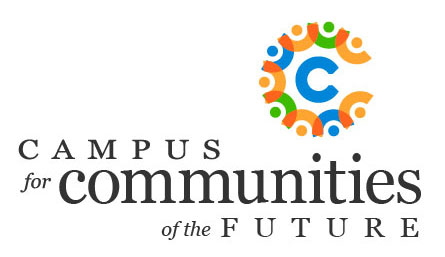I guess it’s because I’ve always rooted for the underdog, but right or wrong, I have always been drawn to the quality of life side of the community ledger rather that the economic side.
Regardless, I’ve accepted the reality that the majority of people believe money and jobs are more important than community building so I’m always trying to expand my knowledge and understanding of economic development.
So, to make a long story short, I’ve somehow ended up being part of a crowdsourcing team that is helping to develop a new course at Graceland University in Iowa called Leadership for a New Economy.
One of the resources shared as part of that curriculum is a YouTube video by Gar Alperovitz.
To be honest, I’ve never heard of Alperovitz but a quick google search reveals he is a Professor of Political Economy at the University of Maryland and founder of the Democracy Collaborative (http://www.community-wealth.org/).
In the video he shared startling research indicating that in the United States, 400 individuals have more wealth than the bottom 160 million or 60 percent of the population.
And, while I’ve never thought of it that way, he also explained that democracy is at risk if we don’t transform this concentrated wealth by challenging assumptions and finding other ways to organize the production, distribution, and ownership of wealth.
By way of example, he suggested that we need to question why tax dollars were used to bail out GM, Ford, and the big banks but the resulting benefits stayed with big business as opposed to the public.
Occupy Wall Street and Idle No More are movements that have responded to this recognition that the old system or model is dying and new solutions are needed.
Alperovitz suggests that these solutions need to be about taking back our power and promoting community wealth as opposed to corporate wealth.
However, what was most affirming for me was that Alperovitz’s examples of democratic forms of sharing capital aligned with what my colleagues and I are seeing and supporting in a number of communities.
For example, he discussed the importance of coops and credit unions that stress one person, one vote, and therefore ownership of the wealth.
He cites the key role of non-profits that are citizen-led and the growth of social enterprise.
He also points out that the number of worker-owned companies is growing. In the US, 10,000 companies now employ 10 million workers.
While I don’t profess to have expertise as an economist, its seems to me that Alperovitz is suggesting that economic activity needs to reflect the social aspirations of the community—not just help improve the bottom line of a corporation.
The idea of a cooperative, community based, grassroots up economy makes a lot of sense because ultimately it means that to succeed, business needs to be as much about how it serves its community as it is about profit and loss statements.






